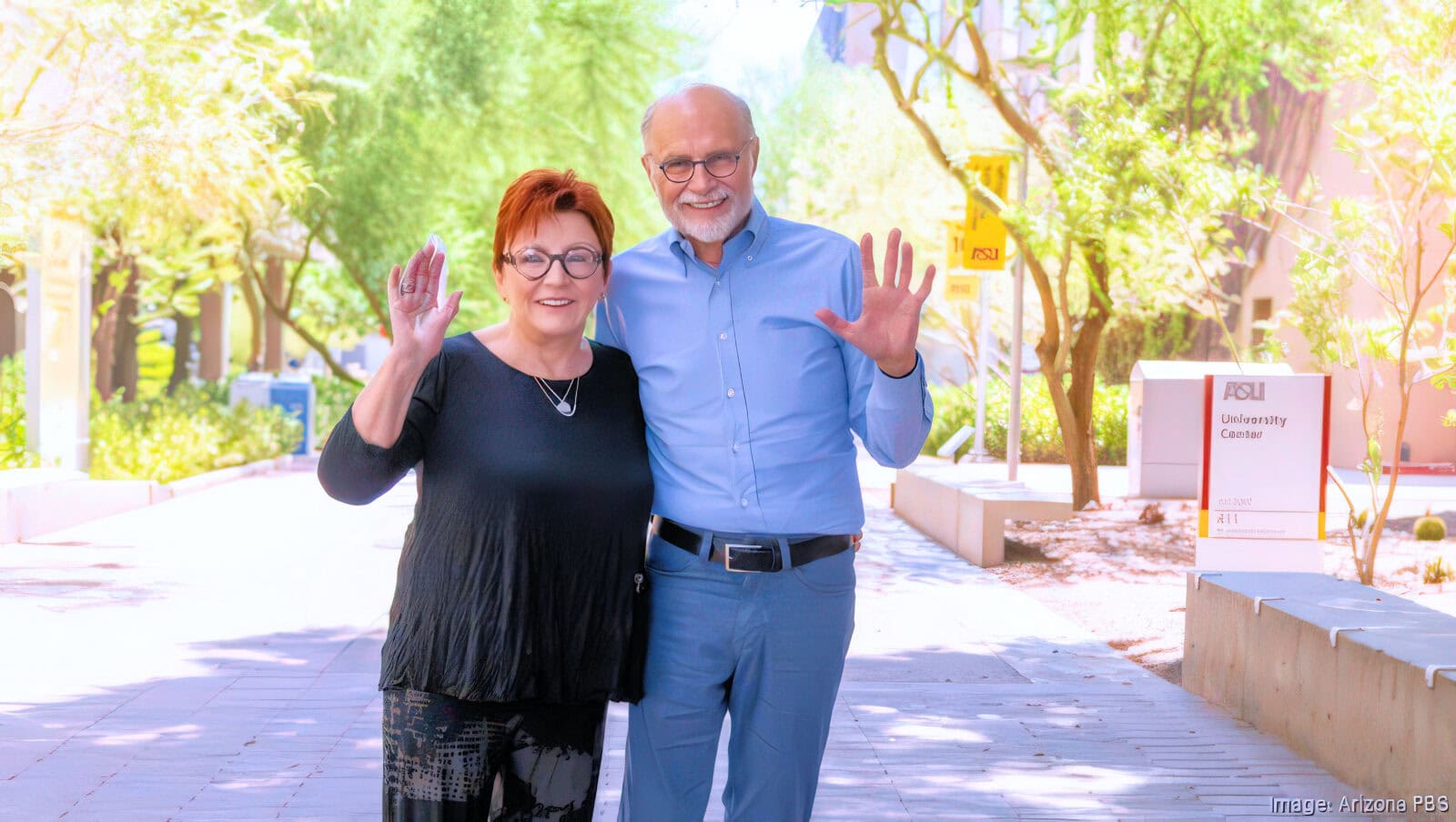$10 million gift for broadcast and educational expansion from Sue Hart-Wadley and Searle Wadley

Arizona PBS, one of Arizona’s leading public broadcasting services, has received a transformative $10 million gift from philanthropists Sue Hart-Wadley and Searle Wadley.
The donation, made through the ASU Foundation, will fund major advancements in broadcast technology, expand educational programming, and strengthen community outreach initiatives across the state.
The gift will finance construction of a new state-of-the-art broadcast tower, significantly improving Arizona PBS’s signal reach and reliability—especially in rural and underserved communities.
With this new infrastructure, the station aims to better serve viewers with high-quality, free, and accessible educational resources and public-interest programming statewide.
In addition to the broadcast advancements, the Wadleys’ gift provides crucial support for fresh educational content, local news productions, and innovative digital learning tools.
Arizona PBS, operated by the Walter Cronkite School of Journalism and Mass Communication at Arizona State University, will leverage the funding to expand children’s programming, launch new multimedia initiatives, and spearhead outreach to teachers, students, and families across diverse Arizona communities.
This donation comes at a vital time, as public broadcasting faces growing demand for trustworthy news, compelling storytelling, and free educational content. Leaders at Arizona PBS and the ASU Foundation praised the Wadleys for their commitment to public service and learning, crediting their generosity with helping preserve and advance the station’s mission for future generations.
With the gift from Sue Hart-Wadley and Searle Wadley, Arizona PBS cements its role as a leading educational resource and media innovator for all Arizonans—ensuring that public media remains robust, resilient, and accessible to every corner of the state.
Searle Wadley remembers when his parents bought their first television set. “My father was very fascinated by the news,” he recalls. “It happened that he could watch the ABC news, the NBC news, and the CBS news, one right after the other—and he did, every day! But of course, at that time they were only 15-minute broadcasts.”
“Searle’s dad was a political science professor, so he was steeped in it,” adds his wife, Sue Hart-Wadley. That early exposure stuck: Searle and Sue list “Frontline” and “PBS NewsHour” among their favorite PBS programs.
“With all the talk about fake news, it’s so refreshing to be able to depend on the NewsHour for an unbiased view of what the news is, and in enough depth that it’s beyond just the headlines,” Searle says.
“Nature” is another favorite series for Sue and Searle, who are avid birdwatchers. In Illinois, where they lived for many years, they kept a life list of birds they saw on their property. “We got 134 birds on that list,” Sue says. “We also had six endangered birds that nested on the property.”
Now, they’re busy exploring the bird populations here in Arizona. “You’re suddenly hearing, suddenly encountering a whole different set of birds,” Searle says. And sometimes even familiar birds hold new surprises: Sue says they’ve found that cardinals here have a different call than the ones in Illinois.
The Wadleys both spent much of their careers at pharmaceutical company Abbott Laboratories, where Sue worked in human resources while Searle began as a bench microbiologist before eventually moving into quality assurance. “I found it a very good combination to have the technical background and be on the business side,” he said. “You can certainly communicate much better — you can talk to both sides.”
The Wadleys say they’ve long been appreciative of PBS stations in the various places they’ve lived, fondly remembering old favorites like “I, Claudius” and “Upstairs, Downstairs.”
Now retired, Sue says that they find themselves wanting to give to organizations that they value in their lives. “All of the funding issues with Congress are really upsetting,” she says. “So we wanted to do our part in making sure that it’s sustainable.” For the Wadleys, using a qualified charitable distribution directly from an IRA to Arizona PBS was a convenient, tax-effective way to satisfy their IRA’s required minimum distribution and support the programs they love.
“I’ve always been slightly puzzled why PBS is not more popular than it is,” Searle says. “You look at commercial television, and to me it is such a turn-off. To me, PBS has so much more to offer: lack of advertising and the in-depth programs and that cover very interesting topics.”

